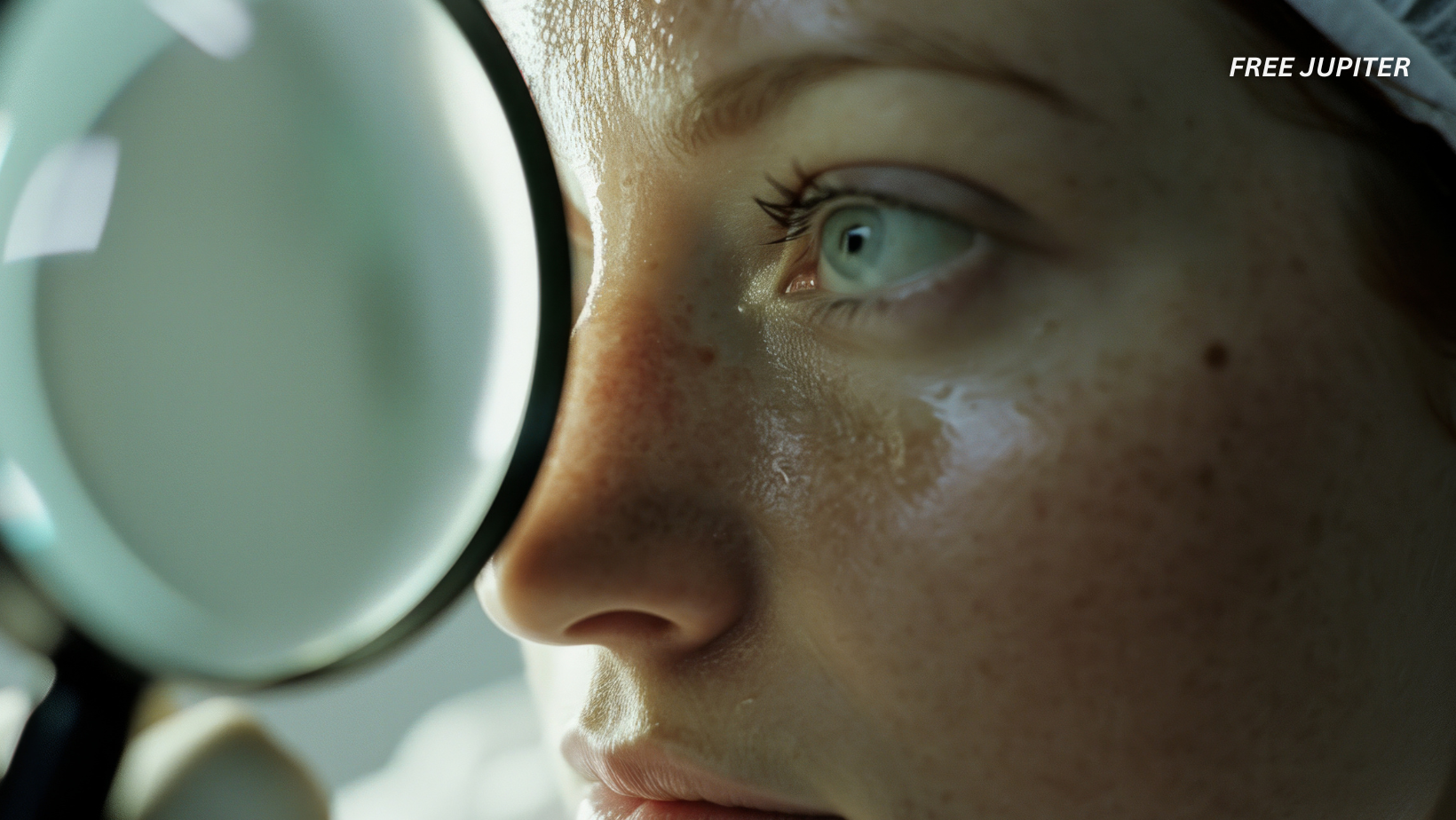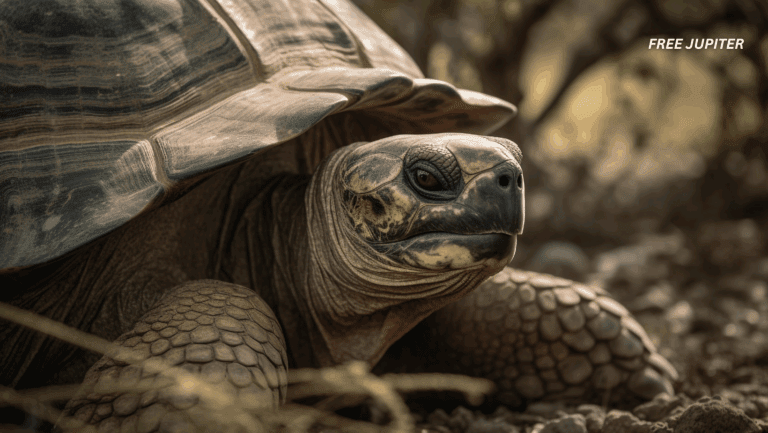Among the animal kingdom’s most extraordinary feats is the ability of the axolotl, a Mexican salamander, to regenerate entire limbs with astonishing precision. Lose a leg, and in a matter of weeks or months, a fully functional replacement emerges, complete with bones, muscles, skin, nerves, and even toes arranged exactly as before. This amphibian’s regenerative prowess has fascinated scientists for centuries, prompting questions about why some creatures can regrow limbs while others, including humans, cannot.
The Enigma of Limb Regeneration
The mystery of why certain species regenerate limbs dates back over two millennia. Aristotle himself observed the tail regrowth of lizards, marking one of the earliest records of this biological wonder. Since then, researchers have sought to unravel the mechanisms behind regeneration, hoping to unlock medical breakthroughs that might one day allow humans to regrow lost limbs. Today, developmental biologists like James Monaghan at Northeastern University are making significant strides toward understanding this complex process.
Unveiling the Role of Retinoic Acid in Limb Regrowth
Recent research has shed light on a crucial molecular pathway that guides the precise reconstruction of limbs in axolotls. Monaghan’s team employed genetically modified salamanders that glow under certain conditions to track the distribution of retinoic acid—a derivative of vitamin A and the active component in the acne treatment isotretinoin. Their findings, published in Nature Communications, reveal that the concentration of retinoic acid along the developing limb determines the placement of the foot, joints, and leg segments.
This chemical gradient is meticulously regulated by a single protein, which in turn influences a cascade of other genes critical for limb patterning. The study demonstrates that even the naturally low levels of retinoic acid present in salamander tissues have a profound impact on limb formation, contrasting with earlier studies that focused on artificially high doses.
Read more: The Story Behind The Cat Who Walked Off the Titanic, And Lived
The Blueprint of Regeneration
A fundamental question in regenerative biology is how the cells at the injury site know what to rebuild. Catherine McCusker, a developmental biologist not involved in the study, emphasizes the significance of these findings. By identifying how retinoic acid is controlled and how it triggers downstream genetic responses, the research uncovers an early step in the regeneration blueprint.
Understanding these initial molecular signals is key to eventually decoding the entire regeneration process. McCusker expresses optimism that, with continued research, human limb regeneration could become a reality. Moreover, insights from this work may enhance treatments for cancer, wounds, and burns, as these conditions share cellular behaviors with regenerating tissues.
Illuminating the Process with Mutant and Fluorescent Salamanders
To explore retinoic acid’s role, Monaghan’s team used axolotls engineered to express fluorescent proteins that light up where retinoic acid and related proteins are active. By reducing retinoic acid levels pharmacologically, they observed disruptions in limb regrowth. Further, they created mutant salamanders lacking a gene responsible for producing an enzyme called CYP26b1, which breaks down retinoic acid.
Their experiments revealed that high retinoic acid levels encourage elongation of the leg, while lower levels signal the formation of the foot and toes. Excessive retinoic acid leads to malformed limbs with abnormal segments and joints, impairing mobility. CYP26b1 plays a pivotal role by degrading retinoic acid, thus fine-tuning its concentration to ensure proper limb structure.
Additionally, at least three other genes involved in limb patterning and bone development respond directly to retinoic acid levels. When these levels are disturbed, gene expression becomes irregular, resulting in shortened or duplicated limb segments and defective bones.
Read more: A Rare Ginger Albino Seal Pup Was Spotted on Remote Island
Prospects for Human Regeneration
Monaghan suggests that retinoic acid could become a valuable tool for inducing regeneration in humans. While no single factor will solve the puzzle, retinoic acid’s influence on regeneration pathways is promising. It has already shown potential in stimulating nerve and spinal cord repair, opening possibilities for broader regenerative therapies.
Retinoic acid is not unique to axolotls; it is a widespread biological molecule essential in many animals, including humans. During embryonic development, retinoic acid helps determine body orientation, ensuring the head grows in the right place. This explains why isotretinoin, the acne medication, can cause severe birth defects if taken during pregnancy—excess retinoic acid disrupts normal development.
Interestingly, the genes involved in axolotl limb regeneration are largely conserved in humans. The difference lies in how accessible these genes are after maturity. Axolotls can reactivate developmental genes to regrow limbs, a capability humans have largely lost. Unlocking the mechanisms that allow this reactivation remains a critical research frontier.
The Axolotl’s Regenerative Journey: From Wound to Limb
Upon limb loss, the axolotl initiates a complex healing process. A specialized wound epidermis forms rapidly over the injury, followed by the development of the apical epithelial cap, a signaling hub that orchestrates regeneration. Nerve fibers infiltrate the wound site, interacting with the epidermis to stimulate the formation of a blastema—a mass of progenitor cells capable of rebuilding the limb.
These blastema cells proliferate and receive positional cues to recreate the limb’s structure accurately. The process involves intricate communication between cells from different limb axes, ensuring the new appendage matches the original in size and shape. This regeneration is scar-free and results in a fully functional limb.
Challenges and Age-Related Decline in Regeneration
While axolotls retain remarkable regenerative abilities throughout life, this capacity diminishes with age. Older individuals regenerate limbs more slowly, possibly due to changes in skin elasticity and thickness, which affect wound healing and positional signaling. Additionally, repeated limb amputations can impair regeneration in some animals, leading to increased scarring and incomplete regrowth.
Understanding why some axolotls maintain regenerative resilience while others do not is an ongoing area of investigation. Factors such as nerve signaling, hormonal changes, and systemic conditions likely influence regenerative success.
Bridging the Gap to Human Medicine
The axolotl serves as a powerful model for studying regeneration, offering insights that may one day revolutionize human medicine. By dissecting the molecular and cellular events that allow these amphibians to rebuild limbs, scientists hope to develop therapies that could restore lost tissues in humans.
Advances in genetic editing, imaging, and molecular biology have accelerated progress, enabling researchers to manipulate and observe regeneration in unprecedented detail. The discovery of retinoic acid’s role adds a vital piece to this complex puzzle.
Read more: You Can Now Adopt Puppies That Were ‘Too Friendly’ To Become Police Dogs
Conclusion
The axolotl’s ability to regenerate limbs is not just a biological curiosity but a beacon of hope for regenerative medicine. The identification of retinoic acid as a key molecular signal in limb patterning brings us closer to understanding how to coax human tissues into similar feats of renewal. While challenges remain, the prospect of regrowing human limbs, improving wound healing, and combating diseases like cancer through insights gained from these amphibians is increasingly within reach.
As research continues, the humble salamander may well inspire a future where lost limbs are no longer permanent, and the boundaries of human healing are dramatically expanded.










